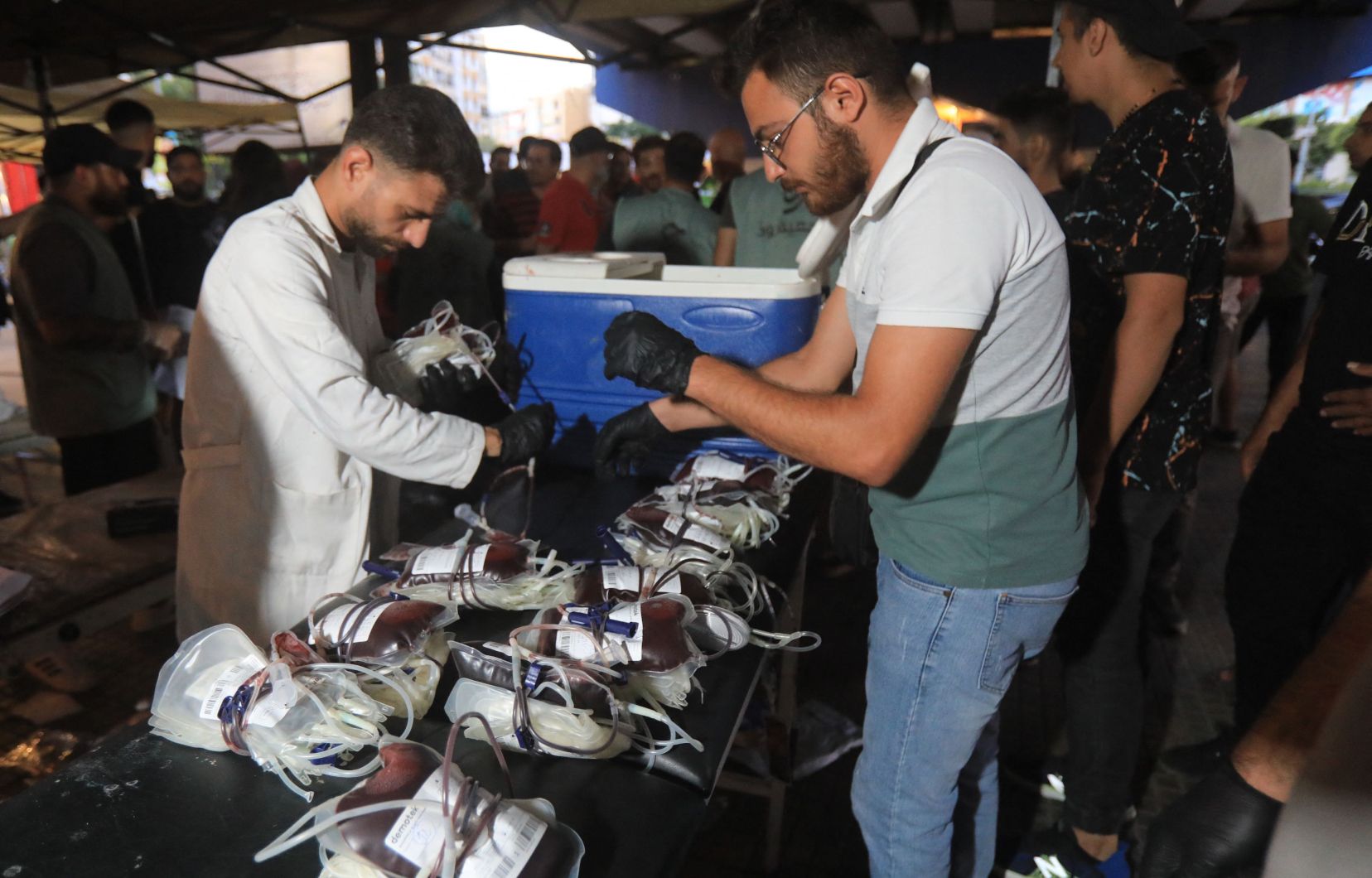The pagers used by Hezbollah members to communicate backfired Tuesday, with hundreds of them exploding simultaneously in Lebanon and Syria. Victims and experts are now asking the question: How could such an attack have been orchestrated? Until a specialized analysis of the pagers is completed, speculation is rife.
Pagers, commonly known as “pagettes” in Quebec, were widely used before the advent of cell phones. Although they are becoming increasingly rare, they are capable of transmitting short messages using a paging system that does not require an Internet connection.
According to Sami Aoun, professor emeritus at the University of Sherbrooke and director of the Observatory on the Middle East and North Africa at UQAM, pagers are now used massively by Hezbollah members as a private means of communication, protected from Israeli surveillance, to the detriment of cell phones, which are considered too vulnerable. “The leader of Hezbollah said, a few months after October 7, 2023, to get rid of cell phones, but not pagers,” says Mr. Aoun.
In this attack, it was not the information transmitted by the device that was targeted, but rather the device itself. For the researcher, what is “spectacular” about this event is that at the push of a button, thousands of people “fell at once”. “We are witnessing a new aspect of warfare,” he emphasizes.
What is the source of the explosions?
Social media was quickly ablaze with the many explosions. “Could a line of code passing through the network cause the [piles] of the [téléavertisseurs]but also potentially mobile phones?” worried a user of the X platform. This is indeed one of the two hypotheses circulating, according to Mr. Aoun.
However, while further analysis is needed to explain what really happened, several experts agree that the theory of the code causing the batteries to overheat does not hold water, particularly according to an analysis of the thread of events captured on video, the BBC points out.
A former British military expert told the UK public broadcaster anonymously that it is more likely that the devices were fitted with 10 to 20 grams of military-grade explosives concealed in a fake electronic component. The pagers would then have been armed by an alphanumeric text message. This theory, however, assumes that the pagers were physically manipulated by those responsible for the attack and that Hezbollah members carried modified devices for a few weeks without realizing it.
Who is behind the attack?
“We can’t hide it, those who have the most interest in carrying out this cyber attack are Israel,” notes Sami Aoun. Immediately after the explosions, Hezbollah also blamed the events on the Hebrew state, which had not yet commented on the affair as of Tuesday evening. “This demonstrates Israel’s intimidating technological superiority and Hezbollah’s security flaws,” the researcher agrees.
At a press conference, the spokesman for the US State Department denied any American involvement in these explosions. “The United States was not involved,” he repeated to the journalists present. He would not speculate on the origin of the attack and said only that the United States was currently trying to unravel the affair.
“In any case, what we see is panic. There are many people who have been injured,” notes Mr. Aoun.
